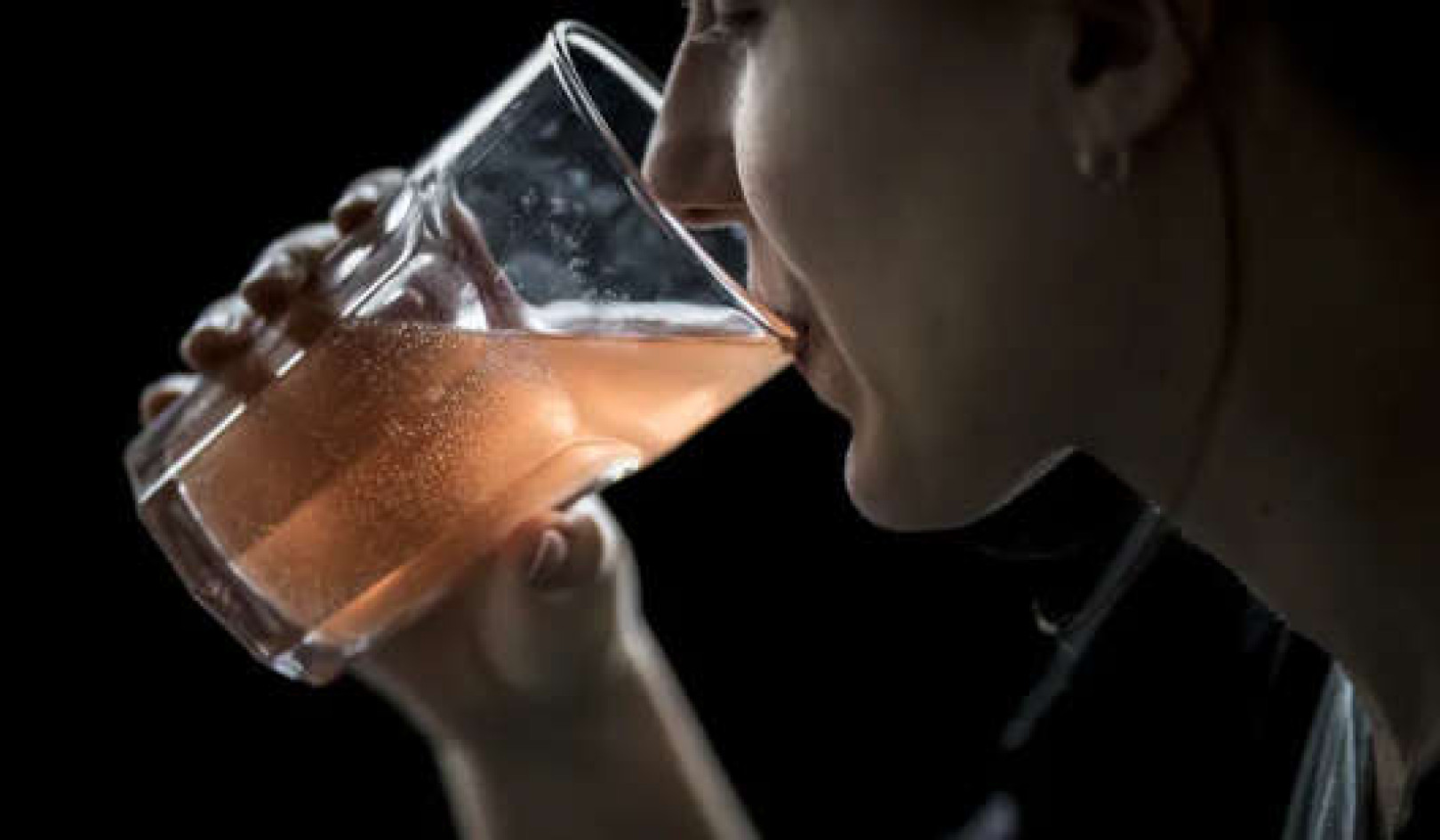Obstructive sleep apnea (OSA) is a very common sleep disorder, but one that is widely underdiagnosed. Its many symptoms and effects may include cardiovascular disease or memory impairment. Fatal accidents can occur when undiagnosed or untreated drivers with OSA fall asleep whilst driving.
One reason why there are so many undiagnosed and untreated OSA cases is that accurate diagnosis usually requires an expensive, labour-intensive overnight sleep study called polysomnography (PSG). But new technology developed at the University of Manitoba can tell patients if they have OSA in 30 seconds, just by analysis of their breathing sounds while they are wide awake.
Obstructive sleep apnea (OSA)
OSA is the temporary cessation of breathing while asleep. An apnea event is a pause in breathing that lasts more than 10 seconds and results in a drop of more than three per cent in the level of oxygen in the blood. Similarly, a reduction in respiratory flow of more than 50 per cent that lasts more than 10 seconds, combined with a drop in blood oxygen level of greater than three per cent, is called a hypopnea event.
The number of apnea and hypopnea events per hour of sleep is called apnea/hypopnea index (AHI), a measure of OSA severity.
A very high AHI, for example 200, means that during one hour of sleep, breathing stops (or is reduced more than 50 per cent) 200 times, each time for more than 10 seconds. Most of these events are accompanied by blood oxygen level decreases that may lead to hypoxia, which may trigger the brain to wake up to restore the oxygen level.
Get The Latest By Email
A person with a high AHI has a very broken sleep. Indeed, they may never reach a deep sleep. For that reason, they always feel tired and sleepy during the day.
While a full overnight PSG records more than 15 different biological signals, there are many portable PSG devices that can be used by people in their own homes that record three to five signals and give a relatively accurate diagnosis.
However, for sleep apnea cases that need treatment, a full PSG assessment in a sleep lab is needed, during which sleep technicians try different manoeuvres to determine best treatment. For example, for determining the optimal air pressure for a continuous positive airway pressure (CPAP) machine to keep the patient’s airway open during different stages of sleep.
The widespread underdiagnosis of sleep apnea becomes crucial for those who need general anesthesia before a surgery, because apneic patients need special care after surgery. Being able to detect OSA within a few minutes when a patient is awake would help ensure these patients receive the care they need. That is what AWakeOSA technology promises.
Wide-awake identification of obstructive sleep apnea
AWakeOSA is a smart technology with an app that provides instructions for recording breathing sounds with a small microphone. It records tracheal breathing sounds through five breaths taken while breathing through the nose and another five cycles while breathing through the mouth. The recording is done while the person is awake and lying on their back.
This technology has been under development since 2010. Our rationale for using awake tracheal breathing sounds for detection of OSA is based on the upper airway structure, which is different in people with sleep apnea compared to that of people without apnea, even while awake. Tracheal breathing sounds are affected by a change in the upper airway structure.
These changes in breathing sounds cannot be detected by human ears, but by using advanced signal processing and machine learning techniques we have been able to show that indeed the breathing sounds are reflecting the upper airway pathology. However, showing a high correlation between the OSA and the features of breathing sounds does not guarantee a highly accurate detection of OSA.
Detecting OSA by only breathing sounds analysis is challenging because of the heterogeneity of sleep apnea, which can have different causes resulting in different characteristics of breath sounds. Also, there are many variables including age, gender, height, weight and smoking history that affect breathing sounds’ characteristics.
To overcome these challenges, we came up with a smart diagnostic scheme that considers the impact of all these confounding variables. With the help of a sophisticated machine learning algorithm (AWakeOSA), our team can now reliably and accurately detect the severity of OSA during wakefulness. Validation of the technology in a much larger population is planned.
Surgical patients
One important application is for surgical patients with unknown OSA status who are going under general anesthesia. For that application, sensitivity of the test (detecting those who do have sleep apnea) is more important than the specificity (detecting those who do not have sleep apnea).
The beauty of the smart decision-making of the AWakeOSA algorithm is that we can increase its sensitivity at a minor cost to its specificity. That means accurately identifying all patients with sleep apnea is the key priority — as it would be with surgical patients — we can increase OSA detection accuracy with only a minor increase in false positive findings.
Depending on its application, there is some flexibility to adjust the sensitivity/specificity of the test, depending on which one is more important.
The AWakeOSA technology can also determine those in need of treatment for sleep apnea with greater than 89 per cent accuracy. That means it can be used as an accurate screening tool to reduce the number of people needing full PSG assessment, saving millions of dollars in costs to the health-care system.







